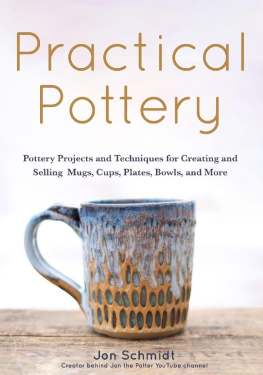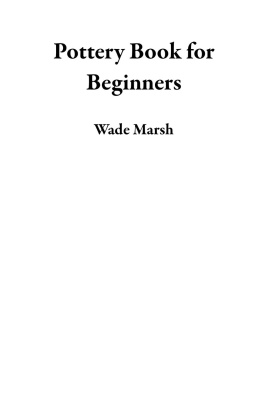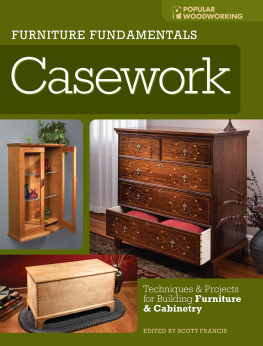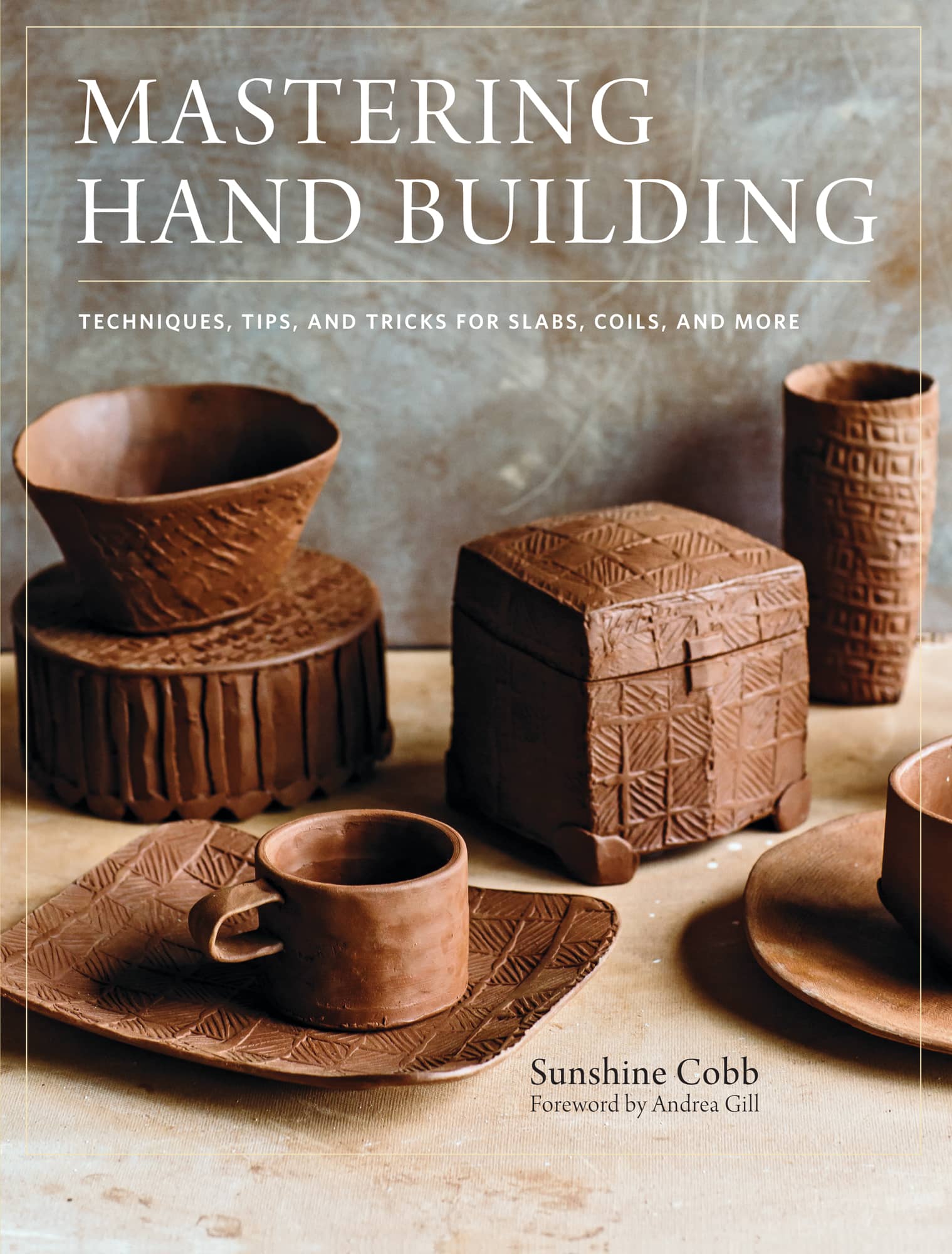MASTERING HAND BUILDING
TECHNIQUES, TIPS, AND TRICKS FOR SLABS, COILS, AND MORE
SUNSHINE COBB
FOREWORD BY ANDREA GILL

FOREWORD
Handbuilders Unite!
A short, unprecise history of a way of working.
The Kansas City Art Institute was a hotbed of ceramics when I arrived in the fall of 1972. Jacquie Rice had joined the faculty to add a new point of view, including a variety of hand building and decorating techniques. We were charged up by the challenge she brought to the strong high-fire throwing culture championed by Ken Ferguson and Victor Babu. While they focused on Asian pottery, Jacquie taught us to use low-fire commercial glazes, decals, lusters, and china paints on hand-built vessels. This entirely different aesthetic was infectious and led to what seemed like a revolution.
At some point that year, a student printed bumper stickers. They were bright orange, about 5 x 6 inches, and read: Handbuilders Unite! I wonder sometimes what people thought when they saw the bumper sticker. What was a hand builder and why did they need to unite? The politics of the day led to many diverse manifestos on car bumpers. Ours was a Declaration of the Freedom of Ceramic Art.
We did not invent that phrase, but it felt like we were on the cutting edge of a new way of working. John Gill was a senior, and already showing his work. His soft-slab teapots, jars, and cups influenced other students, including me. (I was so impressed, I married him!) Another curious connection was the one we made with Mark Pharis, who visited KCAI with Warren MacKenzie and a group of students from the University of Minnesota. I dont know if he had already experimented with soft slabs, but he soon added hand building to his body of work and has since made magnificent pots using the technique. About the same time, Victor Babu demonstrated how to use very large, stiff slabs to make a box. This is how I make all my work. One demo: a life is changed.
When I first came to ceramics, I was a painter and form seemed alien to me (which was only reinforced by a bad grade in Freshman 3D Design). However, from the start I found building with slabs was different; it was very much like drawing. I could invent line with a knife and volume by pressing slabs into molds. This system made it possible to create well-rendered generic shapes quickly, then combine them to make work as large as my kiln would accommodate. It was like stretching a canvas, giving me the freedom to play with two-dimensional shape, color, and pattern. I had found my voice, and was then able to experiment and play.
I still love how clay feels as a perfect leather-hard slab, and I usually have at least two hundred pounds rolled before beginning a series. I enter the studio with few expectations other than an approximate number of works I will make. The making stage is divorced from decorating: I learned early on that the fewer clues I left on the surface, the more I could invent the shapes of color. Sometimes I coat the pot with a thick, white glaze known as Majolica, from the Italian Renaissance technique. Other work is decorated with layers of engobe. Over the years, I have found particular cultural and historic patterns to use as a starting point. The forms, although not planned specifically, are in response to the shapes I see in the images. From Japanese prints and Turkish robes to a particular image of a basket of flowers on a Chinese plate, I am always looking, seeing possibilities for making when I least expect it.
I have taught Introductory Hand Building at Alfred University for about thirty years. The course has evolved over time from one that emphasized vessel making to one that is heavily sculptural and includes slip casting and press molding. Yet we did not want to change the course name to Ceramic Sculpture. Hand building does not indicate a type of object, only a way of working, and that is how we want to think about itby questioning ways of making, ways of using materials outside the typical beginning assignments of coil/slab/press mold then glaze. Clay can be bone dry, already fired, the consistency of mud, or, of course, the plastic clay that now comes in convenient square blocks in plastic bags. Hand building has never been so easy or as challenging as it is today. Handbuilders Unite!
ANDREA GILL, Professor Emeritus of Ceramic Art at Alfred University
Basin and Vase Series: Parrots. Andrea Gill. Slab construction with press molds.
Photo courtesy of Brian Ogelsbee.
THE BASICS
I BELIEVE IN KEEPING THINGS SIMPLE.
It is easy to complicate your studio life by thinking you need certain things to get started. Maybe its a special tool or that perfect clay. There will always be something you want or you think will make all the difference. However, over the past two decades, I have learned that the most important tool is one you always have: its you! If youre in the studio, you can make great work.
That said, your studio, tools, and clay are important when it comes to hand building. Where you work and what you work with will affect your journey. I will cover all of this on the pages that follow. In this chapter, Ill also introduce some key terms and techniques used throughout the book. These will be especially useful if youre new to clay and just might help you over those initial hurdles to get going strong in the studio.
One last note before we begin: throughout this book I advocate doing things a certain way. If youre a more experienced potter, my way may be similar to yours or it may be quite different. As you no doubt know, at some point you stop thinking about how you hold your hand or a tool. You start to think instead about what your pot needs to look like and how to achieve that goal. There is no need for you to change the way you do things to match how I do them. I encourage you to experiment: you may find you like doing something in a new way! Yet if you already have good studio habits and effective methods, incorporate only what makes sense. Its all about what works for your body, materials, and desired objects.
Lets get started!
THE STUDIO
Its often said that working in a clay studio is like playing with mud. There is some truth to that! But studio setup and safety are very important. Please take your clay environment seriously and ask experienced potters whenever youre in a situation and youre not sure how to proceed. Safety comes first.
CONSIDERING YOUR ENVIRONMENT












